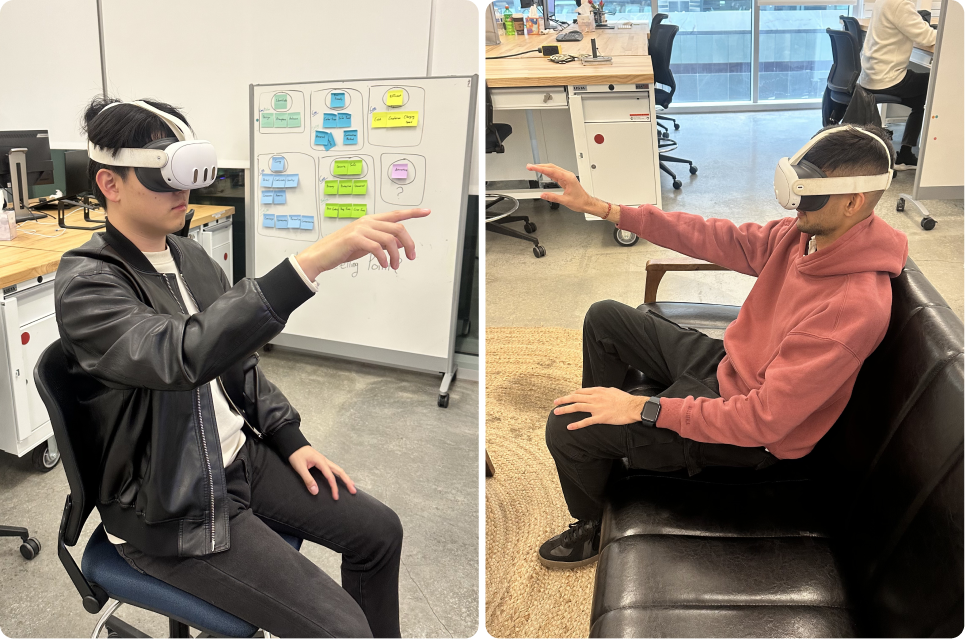Future Steps
Exploring Voice Commands: With Samsung’s upcoming XR headset featuring Gemini AI, voice commands could redefine browser interactions. Future iterations could allow users to rearrange windows, navigate, and interact hands-free.
Rethinking Web Browsing in 3D Space: Right now, web pages are still displayed as flat, rectangular windows. The next challenge is exploring what websites will look like in a true XR environment and how users will interact with them beyond traditional screens.



